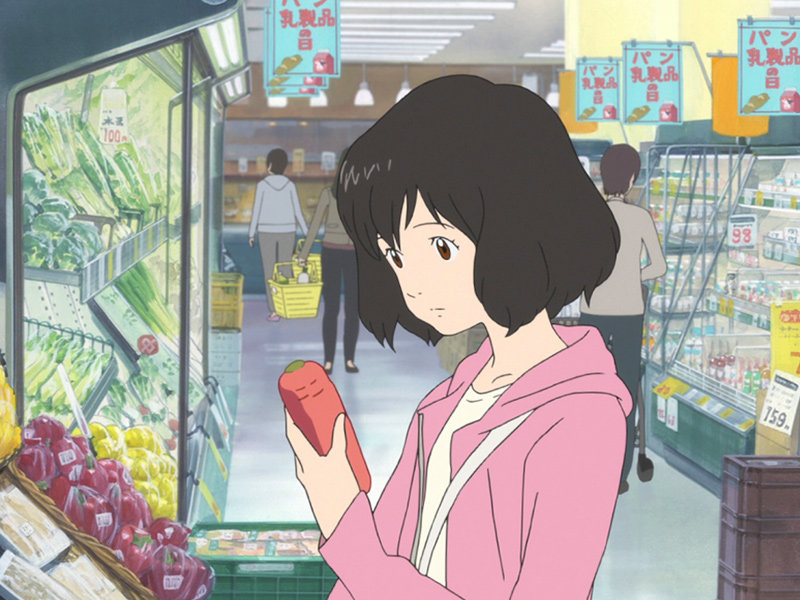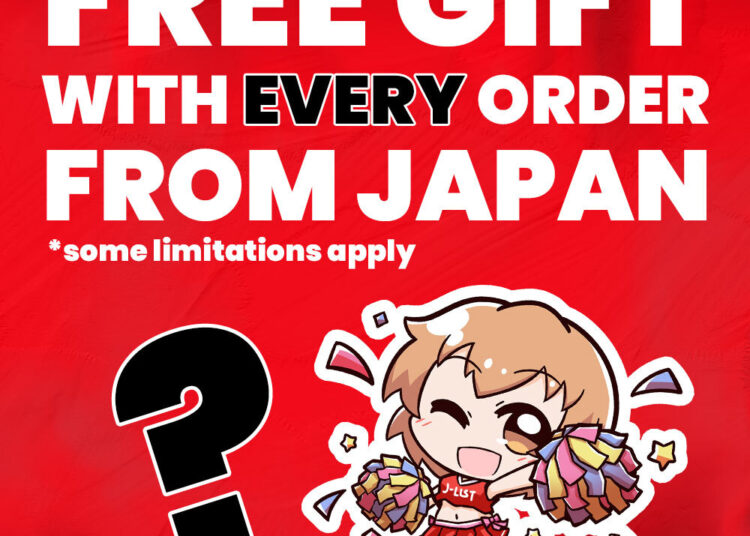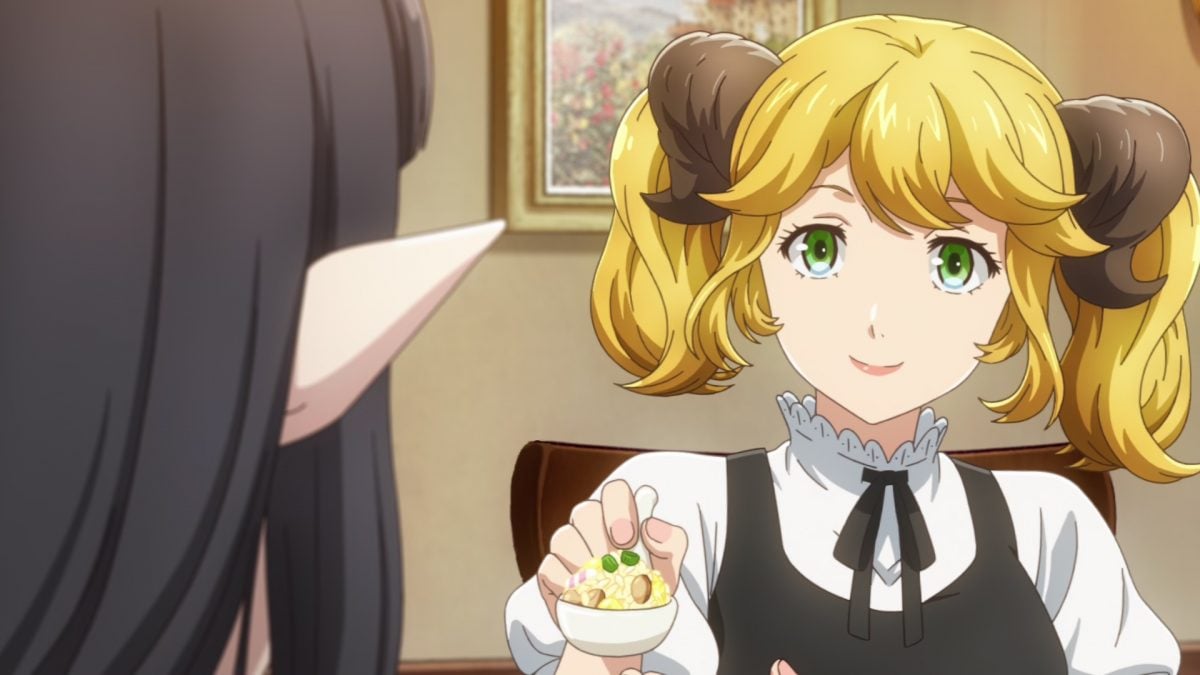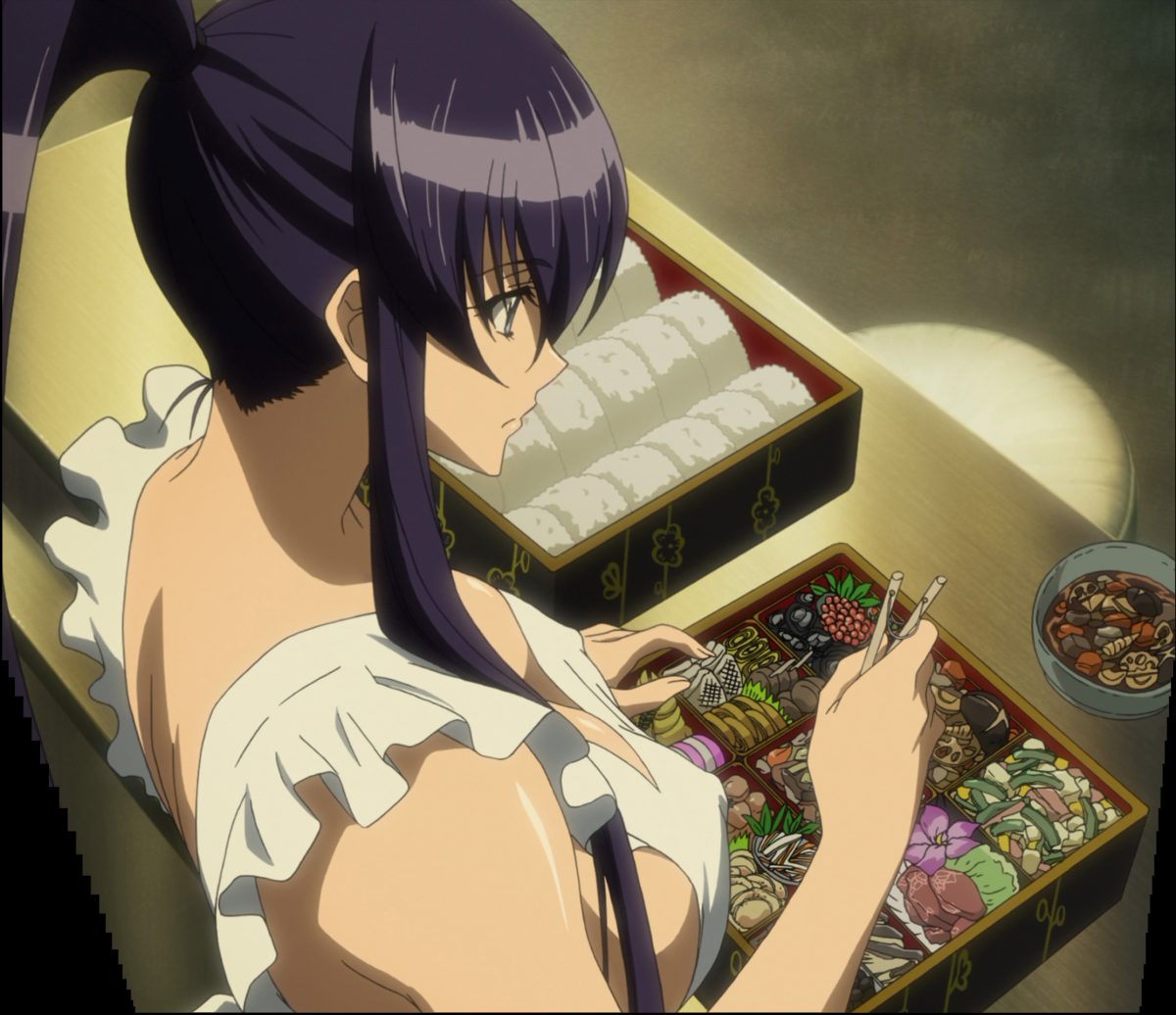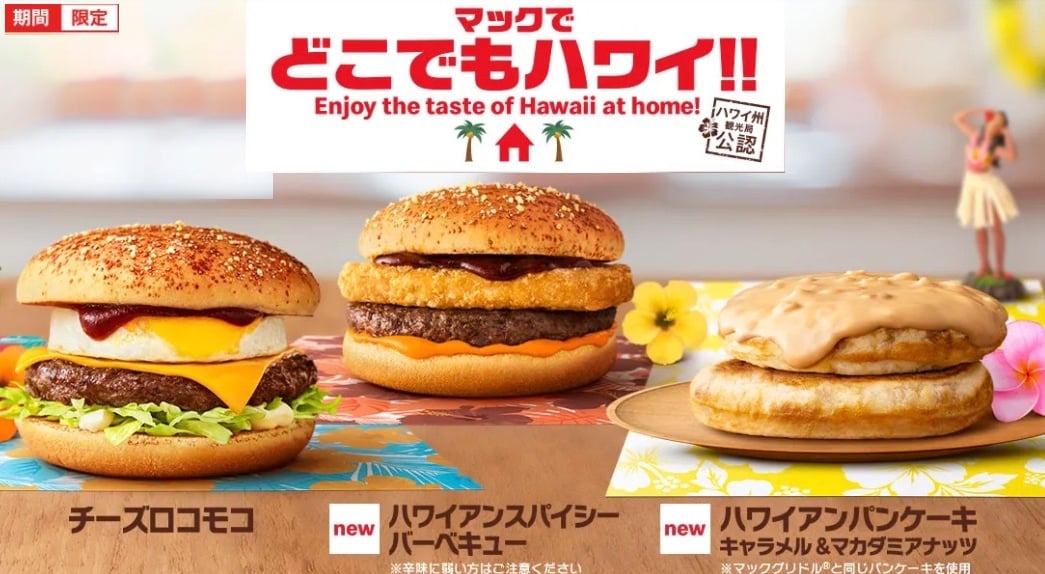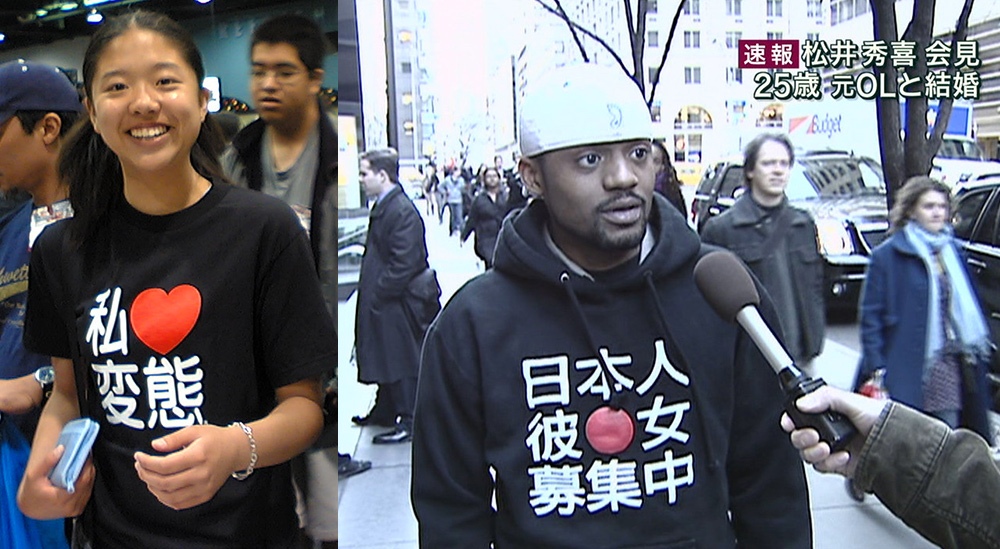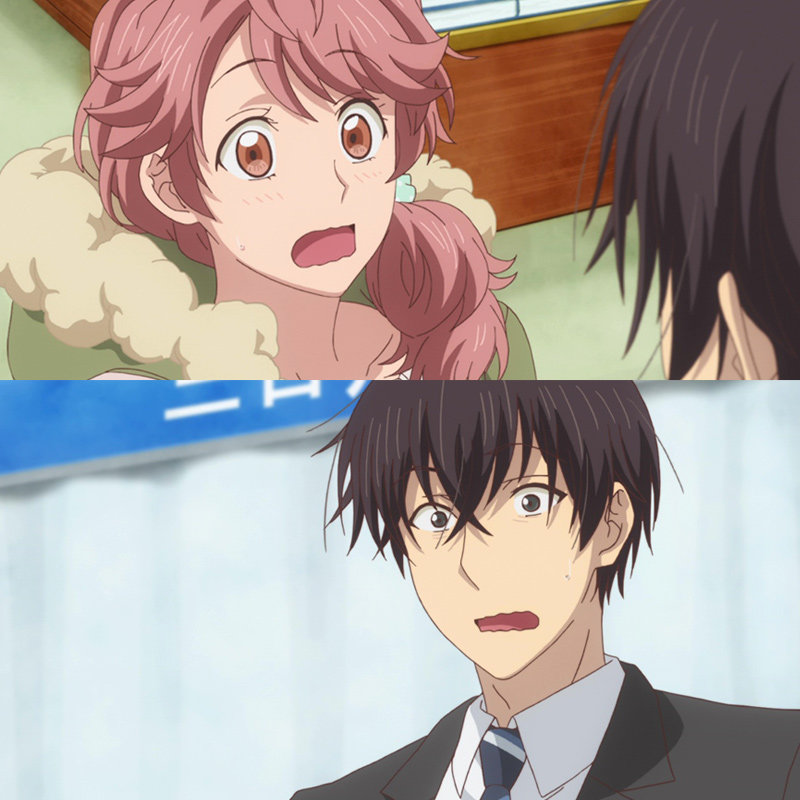Imagine if the world went through the huge economic crisis of 2008, but never recovered. That’s pretty much what happened in Japan, which endured two “lost decades” of economic malaise in the aftermath of the bursting of the Japan asset price bubble, which saw land prices in Japan rise from 1986 to 1991 to the point that all the land in Tokyo was worth more on paper than all the land in the USA. Now, after 27 years, the country might finally be turning a corner, as Japan discovers inflation again.
The bubble popped in 1992, ushering in a seemingly endless period of economic slowness with on-and-off recessions, as the Japanese government struggled to respond to this new situation, taking years to make any serious plans. Pretty much anything the U.S. or other governments did “right” in the aftermath of 2008 — and of course everyone will have a different opinion on what that was — they did by basically saying, “Do the opposite of whatever Japan did when it had its economic crisis.”
Japan experienced almost no economic growth during the 1990s and 2000s, which had the effect of making interest rates and inflation zero. This means that for the 27 years I’ve been living in Japan, almost nothing has gotten more expensive, except for gasoline prices or products tied to currency exchange rates, and products with ridiculously high demand, which unfortunately includes anime figures.
The idea of paying 1991 prices for most goods might sound pretty awesome until you realize that salaries don’t rise in a zero inflation environment. One reason I was overjoyed to have the opportunity of starting J-List was, it was a chance to get out of ESL teaching, which, while an enjoyable way to come to Japan, isn’t a career I can generally recommend, in part because of steadily falling salaries, which are lower now than they were when I started the company in 1996. (This is part of the reason why anime industry salaries are also so low.)
Now it’s looking like this long process might finally be turning itself around, as Japan discovers inflation in the run-up to the 2020 Tokyo Olympics. I caught a TV show explaining the recent uptick in the prices Japanese families pay for various goods and why they’re generally rising, including increasing fuel and transportation costs, the price of important ingredients like flour and eggs as well as labor costs. The show was quite dramatic, playing apocalyptic music as they revealed that the cost of canned miso-stewed mackerel was going up another ¥20 this year.
It’s kind of funny to see the (over?)-reaction to the situation that the TV show took, because depending on where you live in the world, you’ll understand that prices do indeed rise a little bit each year, and it’s nothing to be overly concerned about. But after so long without even minimal inflation of goods, Japanese consumers expect prices to stay the same and even occasionally fall. (For example, rent paid for an apartment falls every year, since the building is older and more worn than it was previously, lowering the rent an owner can charge.)
Yes, Japanese consumers do seem quite resistant to any price increases. I’ll never forget the cute old lady at the shop I buy croquettes from, apologizing that they’d been forced to raise the price of croquettes from 60 to 70 yen after 15+ years. I told her I understood perfectly and not to worry at all.
Did you enjoy learning about inflation in Japan? What are your thoughts on the subject? Tell us on Twitter!
If you’re a person of culture who likes ecchi manga, artbooks and doujinshi we’ve got lots of your favorites back in stock on the site. Browse them all on the site now!


